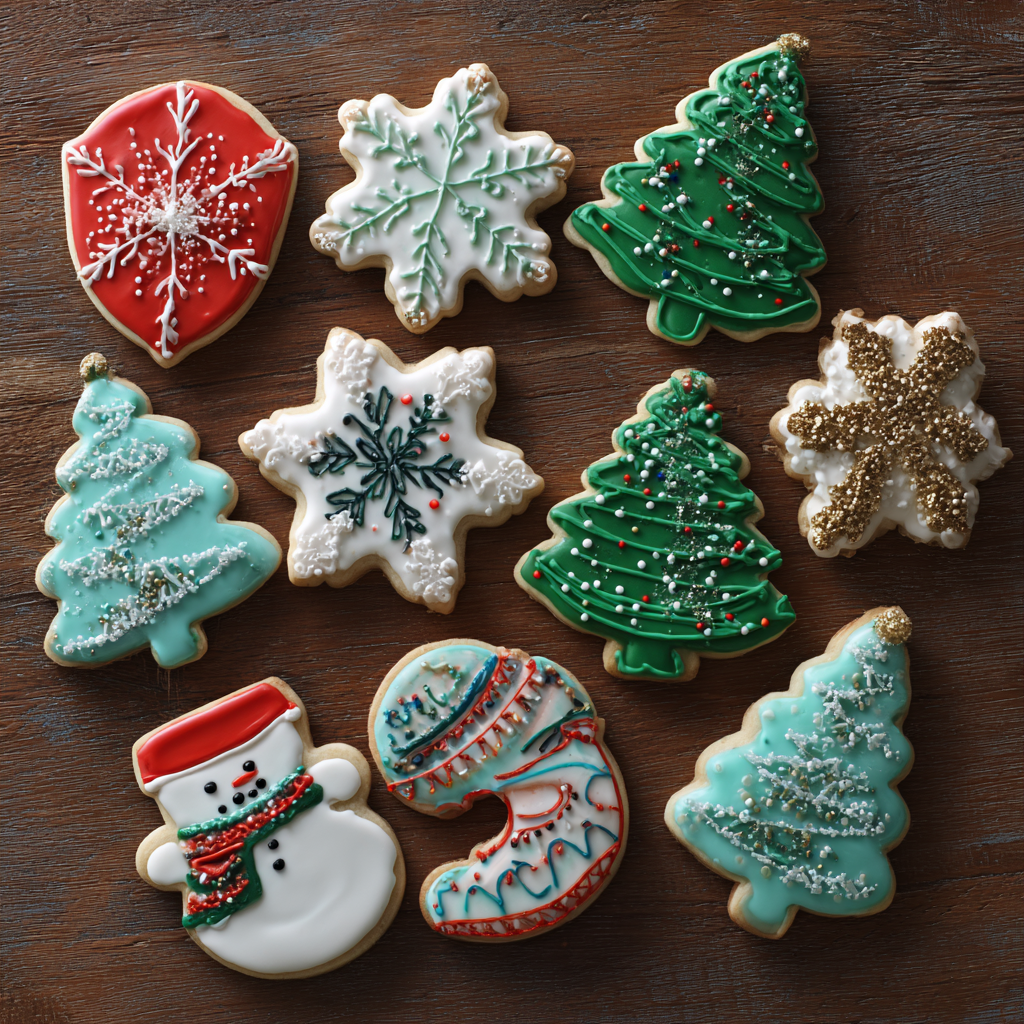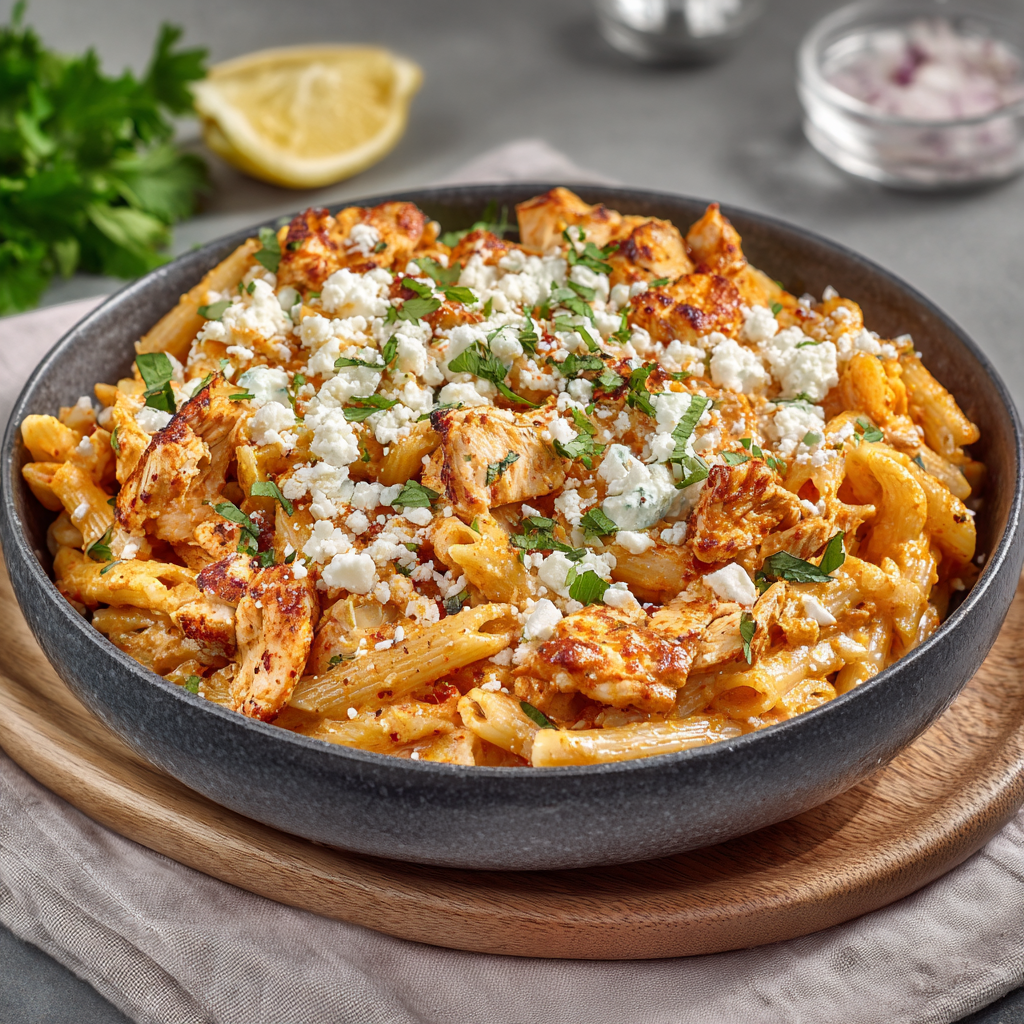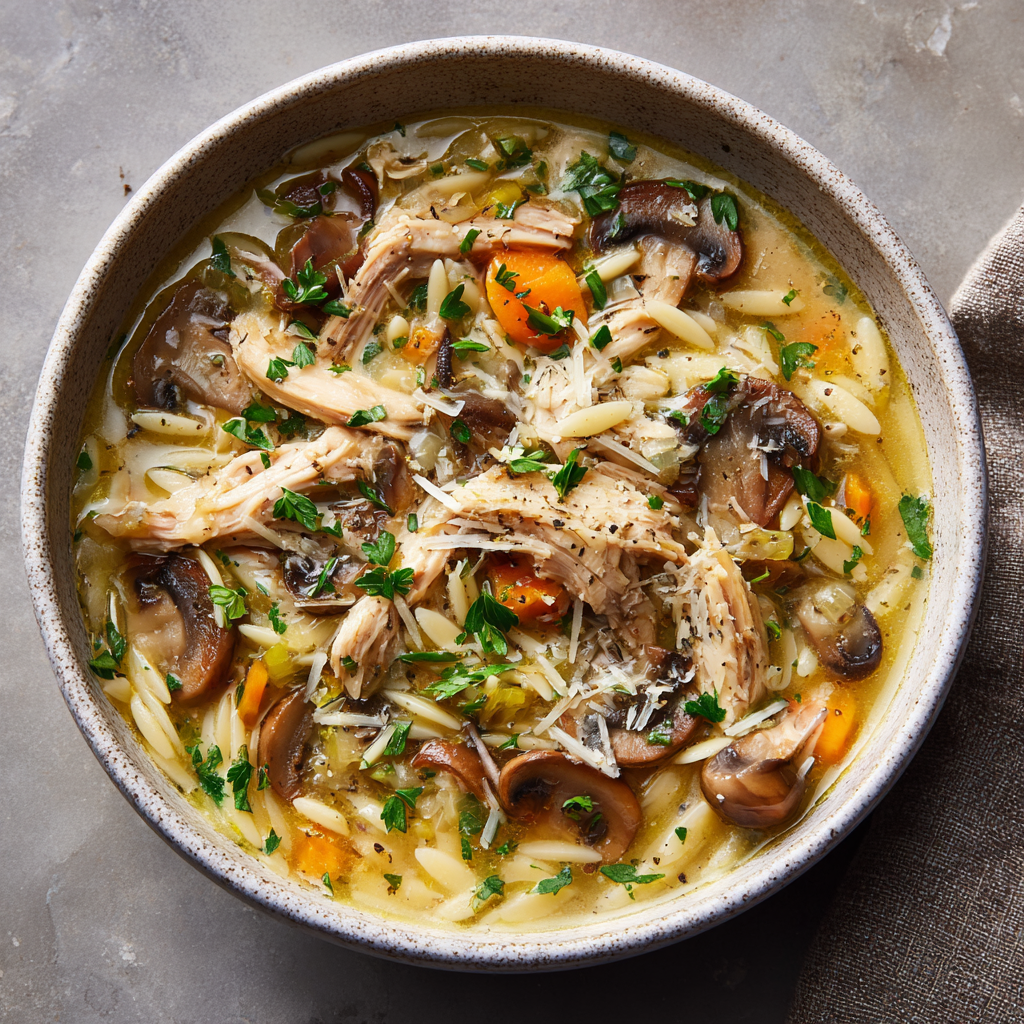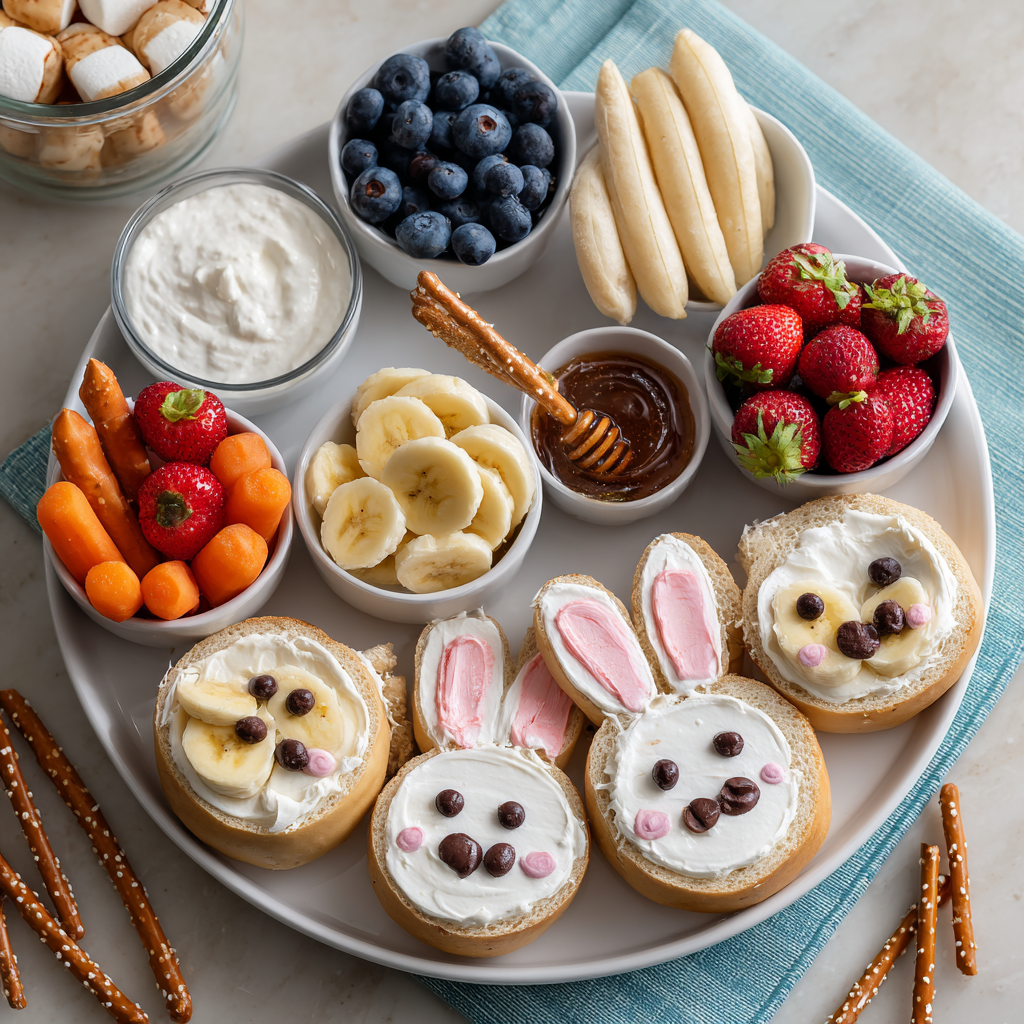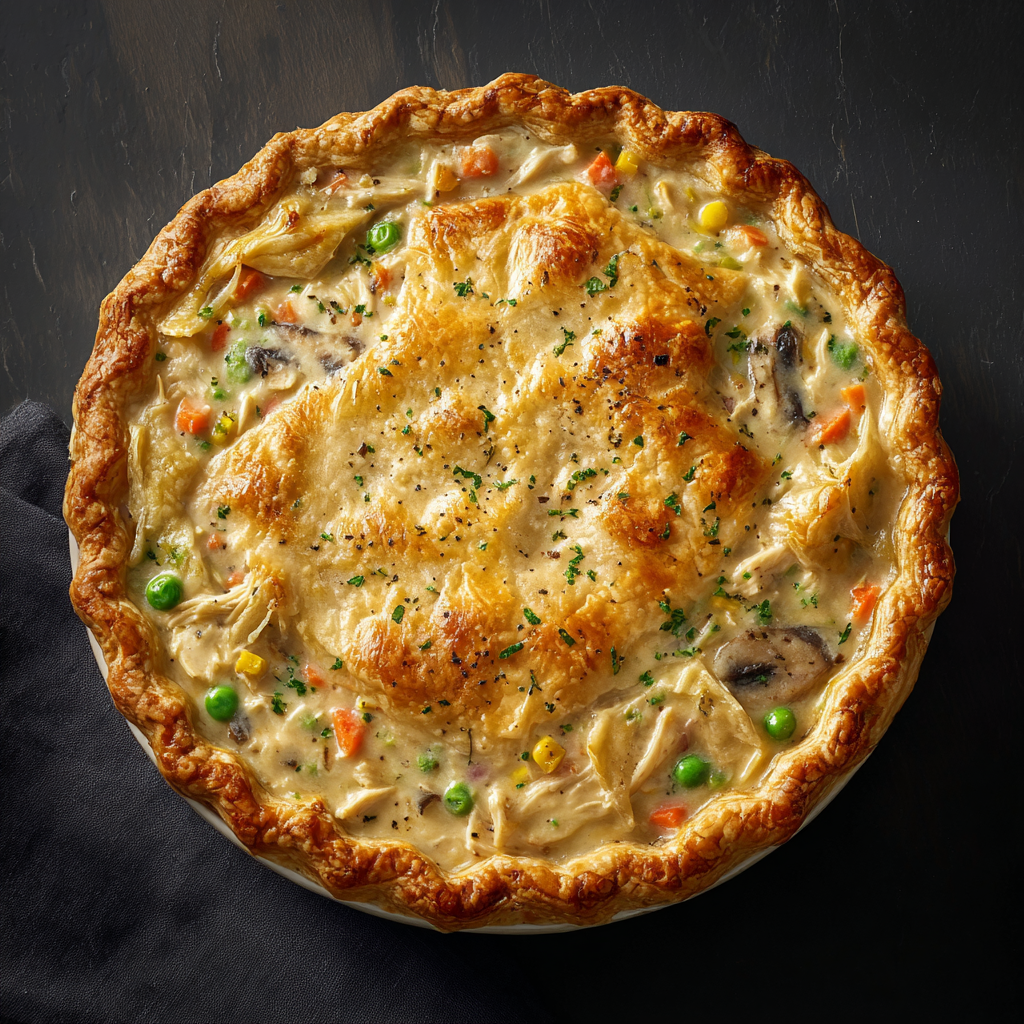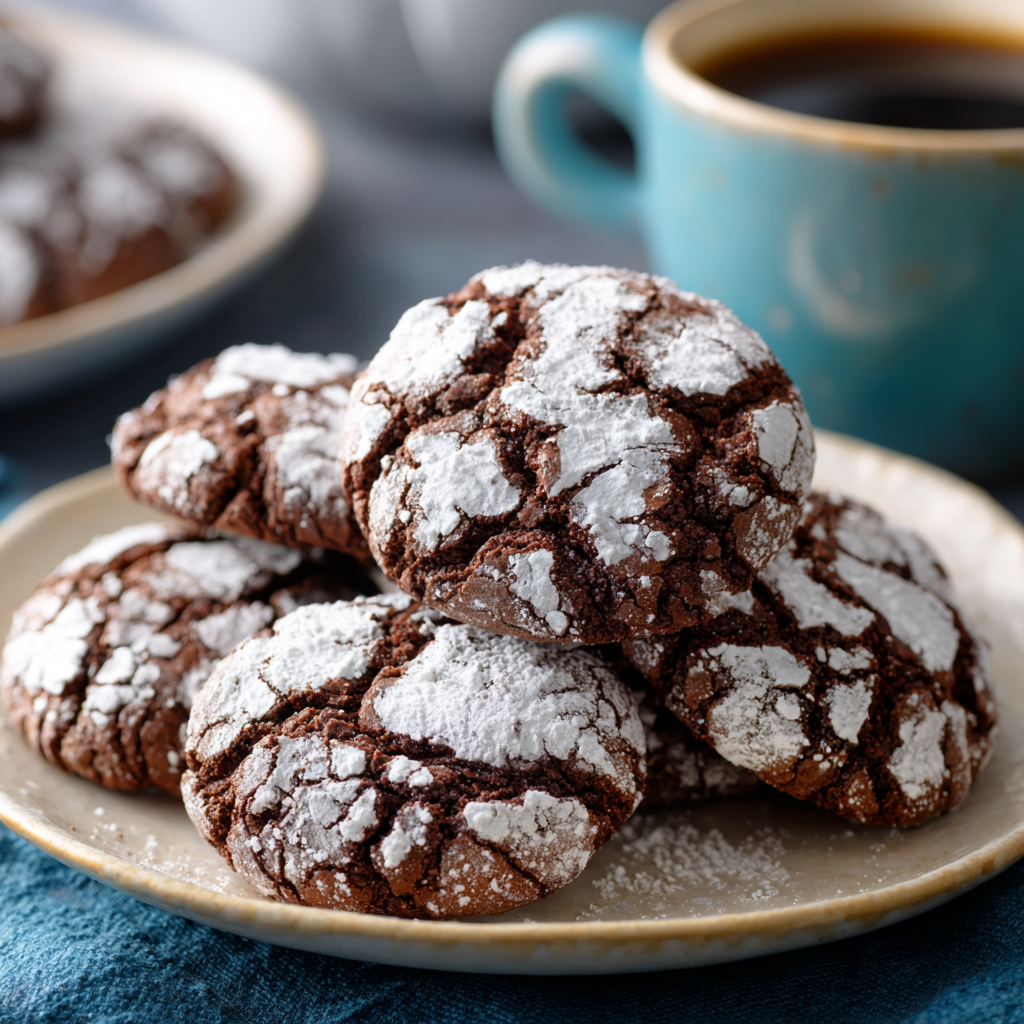Your Guide to Picture-Perfect Christmas Cookies: Let’s Get Decorating!
Hello, my friend, and welcome to the coziest corner of the internet! Can you smell it? That warm, buttery, vanilla-scented aroma that seems to hug the whole house? It’s officially Christmas cookie season, and I am absolutely beaming with excitement. If you’ve ever scrolled through Instagram or Pinterest, mesmerized by those flawless, professionally decorated cookies, and thought, “I could never do that,” then I’m here with a virtual cup of hot cocoa to tell you: you absolutely can.
Decorating Christmas cookies is one of my all-time favorite holiday traditions. It’s not about achieving perfection; it’s about the joy of creating something beautiful with your own two hands. It’s about the laughter that erupts when a snowman gets a slightly wobbly smile, and the quiet concentration of piping tiny holly leaves. These cookies are more than just treats; they’re edible love notes, little works of art that you get to share with the people who matter most.
Today, I’m pulling up a stool next to you at my flour-dusted counter to walk through everything you need to know. We’re going to demystify the process, from baking the perfect blank canvas of a cookie to mastering the magic of royal icing. I’ll share all my favorite tips and “aha!” moments I’ve learned over the years (usually the hard way, so you don’t have to!). So, tie on your favorite apron, put on some festive music, and let’s turn that baking dream into a delicious, sprinkle-covered reality.
A Messy Start & A Sweet Tradition
My love for cookie decorating started, like most good things in life, in a glorious mess. I must have been about seven years old, and my grandma had enlisted me as her “head decorator” for our annual Christmas Eve open house. The kitchen table was a battlefield of colored sugars, those little silver ball bearings that we now know are a dental hazard, and a questionable shade of green icing.
My main task was the Christmas tree cookies. Grandma’s steady hand would pipe the green outline, and I was in charge of the “ornaments” with a shaker of red sprinkles. My technique, as you can imagine, was… enthusiastic. I’d upend the shaker with the force of a tiny, sugar-crazed hurricane, creating cookies that were less “elegantly decorated” and more “blizzard of red.” I’d look up, my face smudged with icing, and my grandma would just laugh and say, “Olivia, darling, they’re perfect. They’re full of personality!”
That’s the memory that always comes back to me. It wasn’t about precision; it was about the shared experience, the laughter, and the proud moment of placing my lopsided, sprinkle-heavy creations on the platter next to hers. That’s the spirit I want to bring to you today. Let’s embrace the fun, the little imperfections, and the pure joy of creating something together. Your cookies will be beautiful because you made them.
Gathering Your Cookie Decorating Toolkit
Before we begin, let’s gather our supplies. Think of this as assembling your artist’s palette! Using the right ingredients is the secret to cookies that not only taste amazing but also provide a stable, beautiful surface for your icing art.
For the Perfect Cut-Out Cookies:
- Unsalted Butter, at cool room temperature: This is the foundation of flavor and texture. I use unsalted so I can control the salt level exactly. It should be cool enough that your finger leaves an indent but doesn’t sink right in. If it’s too soft, your cookies will spread! Chef’s Insight: For super sharp edges, some bakers swear by using a combination of butter and a small amount of vegetable shortening.
- Granulated Sugar: For sweetness and that classic crisp edge.
- Large Egg, at room temperature: This acts as a binder, bringing the dough together. A cold egg can cause the butter to seize up slightly.
- Pure Vanilla Extract: The non-negotiable flavor hero! Don’t skimp here. For a deeper flavor, try adding a 1/4 teaspoon of almond extract too.
- All-Purpose Flour: The structure of our cookie. Pro-Tip: For the absolute best shape-holding power, fluff your flour with a spoon, spoon it into your measuring cup, and level it off. Don’t scoop directly from the bag—it packs in too much flour and can lead to dry cookies.
- Baking Powder & Salt: A little baking powder gives a slight lift, and the salt balances all the sweetness, making the flavors pop.
For the Royal Icing (The Real Star of the Show):
- Powdered Sugar (Confectioners’ Sugar): The base of our icing. Sift it! I know, it’s an extra step, but it prevents lumpy icing and will save you a headache later. Substitution Tip: If you need a vegan option, this recipe works perfectly without the egg whites—just use aquafaba (the liquid from a can of chickpeas) or water.
- Meringue Powder or Pasteurized Egg Whites: This is what gives royal icing its hard, smooth, dry finish. Meringue powder is my go-to because it’s shelf-stable and worry-free (no raw egg concerns). Chef’s Insight: If you’re using liquid egg whites, add them very slowly to avoid making the icing too thin too fast.
- Water: Our magic tool for adjusting the consistency. You’ll use different amounts for outlining versus flooding.
- Gel Food Coloring: This is crucial! Avoid liquid food coloring, as it will thin out your beautiful icing and dilute the color. Gel or paste colors give you vibrant hues without changing the consistency.
The Step-by-Step Magic: From Dough to Decorated
Okay, the fun begins! Let’s walk through this process together. I’ll be right here with tips at every step to ensure your cookie-decorating journey is smooth and successful.
Step 1: Bake Your Perfect Cookie Canvas
First, cream together your cool butter and sugar until it’s light and fluffy. This incorporates air, which helps with the texture. Then, beat in the egg and vanilla until just combined. In a separate bowl, whisk together your flour, baking powder, and salt. Gradually add the dry ingredients to the wet, mixing on low speed until the dough just comes together. Little Chef Hack: Don’t overmix! Overmixed dough can lead to tough cookies.
Here’s the most important tip for sharp cookies: CHILL YOUR DOUGH. Divide the dough in half, flatten it into discs, wrap in plastic wrap, and chill for at least an hour, or even overnight. This re-solidifies the butter, which is the key to preventing spread. When ready to bake, preheat your oven to 350°F (175°C). Roll the dough out on a lightly floured surface to about 1/4-inch thickness. Cut your shapes, place them on a parchment-lined baking sheet, and pop the whole sheet back into the fridge for a 10-minute chill before baking. This final chill guarantees those crisp edges. Bake for 8-10 minutes, until the edges are just barely starting to turn golden. Let them cool completely on the baking sheet. Icing warm cookies is a recipe for melted, runny disaster!
Step 2: Conquer the Two Consistencies of Royal Icing
In the bowl of a stand mixer fitted with a paddle attachment (a hand mixer works too!), combine the sifted powdered sugar and meringue powder. Start mixing on low, and gradually add water. Once incorporated, crank up the speed to medium-high and beat for 1-2 minutes until you have stiff, glossy peaks. This is your stiff peak icing. To test it, lift the beater—the peak of icing should stand straight up without flopping over.
Now, we’ll create our two consistencies. Spoon about 1/3 of this stiff icing into a separate bowl and cover it with a damp paper towel and plastic wrap. This is your outline icing (or piping consistency). It should be thick enough to hold a fine line. To the remaining 2/3 of the icing in your mixer, we’ll add more water, a teaspoon at a time, mixing on low speed after each addition. You’re looking for a consistency that resembles thick honey or lava. To test the flood icing, lift some with a spatula and let it drizzle back into the bowl. The ribbon of icing should disappear back into the surface in about 8-10 seconds. Any thinner, and it will run right off the cookie!
Step 3: The Dynamic Duo: Outline & Flood
Fit a piping bag with a small round tip (like a #2 or #3) and fill it with your thicker outline icing. Outline the edge of your cooled cookie. This acts as a “dam” to hold in the flood icing. Pro-Tip: Hold the bag perpendicular to the cookie, and try to keep a steady pressure. It doesn’t have to be perfect! Let this outline set for about 5-10 minutes. It doesn’t need to be bone dry, just set enough that the flood icing won’t break through.
Now, for the flood icing! You can put this in another piping bag with a slightly larger tip (#3 or #4), or you can use squeeze bottles, which I find incredibly easy for flooding. Fill in the outlined area with your flood icing. Don’t worry about covering every single speck—the icing will settle. Use a toothpick, a scribe tool, or even the tip of a paring knife to gently nudge the icing into any corners and to pop any air bubbles that appear. This is so satisfying!
Step 4: Layer on the Personality
Patience is a virtue here! Let your flooded cookies dry completely. This can take anywhere from 1-2 hours to overnight, depending on the humidity. They should be dry to the touch. Now, the real fun begins—adding details! Use your outline icing (or make small batches of other colors at piping consistency) to pipe faces, scarves, buttons, lines, or dots. This is where your cookies come to life. Little Chef Hack: For perfect dots, hold the tip just above the cookie, squeeze until the dot is the size you want, stop squeezing, and pull straight up.
Step 5: The Final Flourish: Embellishments!
If you want to add sprinkles, sanding sugar, or nonpareils, you need to do it while the flood icing is still wet so they stick. For more delicate details like painting with luster dust or adding edible glitter, you must wait until the icing is completely dry. Mix a tiny bit of luster dust with a drop of clear extract (like vodka or lemon extract) and use a fine paintbrush to add shimmer and shine.
Step 6: Drying & Storing Your Masterpieces
Once fully decorated, let your cookies dry uncovered for several hours or overnight to ensure every layer is rock solid. Then, store them in a single layer in an airtight container at room temperature. They’ll stay perfect for up to a week. You can also freeze them for up to 3 months! Just separate layers with parchment paper.
Sharing the Sweetness: How to Serve Your Cookies
Presentation is part of the fun! A simple white platter makes the colors of your cookies really pop. For a festive touch, line the platter with a doily or some fresh evergreen clippings. Stack them, lean them against each other, or arrange them in a festive pattern. These cookies are the star of any cookie swap, the perfect homemade gift tucked into a cellophane bag with a ribbon, or simply a beautiful centerpiece on your own holiday table. Don’t forget to package a few for Santa on Christmas Eve!
Get Creative! Fun Recipe Variations
Once you’ve mastered the basics, the sky’s the limit! Here are a few ways to mix things up:
- Citrus Zest: Add the zest of a lemon or an orange to your cookie dough for a bright, sunny flavor.
- Spiced Cookie: Mix a teaspoon of cinnamon, a pinch of nutmeg, and a pinch of cloves into your flour for a warmly spiced gingerbread-like cookie.
- Chocolate Cut-Outs: Replace 1/4 cup of the flour with unsweetened cocoa powder for a chocolatey base.
- Vegan/Dairy-Free: Use vegan butter and an egg replacer in the cookies. For the icing, use aquafaba instead of meringue powder/egg whites.
- Flavored Icing: Add a few drops of peppermint, orange, or almond extract to your royal icing for a surprise inside.
Olivia’s Chef’s Notes: Lessons from a Messy Apron
This recipe has evolved so much in my kitchen over the years. I remember one infamous baking marathon where I was determined to make cookies for my entire extended family. I was in a rush and skipped the final chill before baking. The result? A baking sheet of blob-like snowmen that all merged into one giant, cookie-puddle snowman colony. We laughed so hard we cried, and we still broke them apart and ate them (they were delicious, just… abstract). It was a powerful lesson in patience.
The other big evolution was switching to gel food coloring. My early batches of icing were always pastel because I was terrified of adding too much liquid dye. The first time I used a gel color, it was a revelation—vibrant red and deep green without a drop of thinning! My best advice is to embrace the process. Your first cookie might be a little wobbly, but by your tenth, you’ll have found your rhythm. The most important ingredient is always the joy you bake into them.
Your Cookie Questions, Answered!
I’ve gotten so many wonderful questions over the years. Here are answers to the most common ones to help you troubleshoot like a pro.
Q: My icing is too runny and spills over my outline! What do I do?
A: Don’t panic! This happens to everyone. You can fix this by adding more sifted powdered sugar to your flood icing, a tablespoon at a time, until it thickens back up to that “10-second” consistency. If it’s a whole batch, you might need to add a little more meringue powder too to keep the ratio right.
Q: Why did my cookies spread and lose their shape?
A> This is almost always a temperature issue. The culprit is usually butter that’s too warm. Next time, make sure your butter is just cool to the touch, chill the dough thoroughly, and don’t skip that final 10-minute chill on the baking sheet before they go in the oven. Also, check your oven temperature with a thermometer—an oven that runs cool can cause spreading.
Q: How can I get my colors (especially red and black) to be really vibrant without using tons of dye?
A> This is a great question! For deep colors like red, black, or navy blue, make the icing a day ahead of time. The color will deepen and darken as it sits. For black, I often start with a chocolate-brown base icing (using a bit of cocoa powder) and then add black gel color. It reaches a true black much faster than trying to color white icing.
Q: My icing is cracking after it dries. Why?
A> Cracking usually means the icing dried too quickly, often in a environment that’s too dry or warm. Try adding a tiny bit more water to your flood consistency—it should dry a bit slower and more smoothly. Also, avoid placing them

How to Decorate christams cookies : Step-by-Step Tips
Description
Welcome to the sweetest part of the holidays — where buttery cookies meet twinkling creativity! These Christmas sugar cookies are more than just treats; they’re edible art, made to share warmth, laughter, and love. Whether you’re decorating with kids, hosting a cookie swap, or crafting a festive gift box, this guide will help you bake cookies that look as good as they taste. Tie on that apron and let’s make your kitchen smell like Christmas joy!
Ingredients
For the Cookies:
-
1 cup unsalted butter, cool room temp
-
1 cup granulated sugar
-
1 large egg, room temp
-
2 tsp pure vanilla extract
-
3 cups all-purpose flour
-
1½ tsp baking powder
-
½ tsp salt
For the Royal Icing:
-
4 cups powdered sugar (sifted)
-
3 tbsp meringue powder (or 2 egg whites)
-
6–8 tbsp water
-
Gel food coloring (your favorite festive shades)
Instructions
-
Cream butter & sugar until fluffy. Mix in egg and vanilla.
-
In another bowl, whisk flour, baking powder, and salt. Gradually mix into wet ingredients until dough forms.
-
Divide, wrap, and chill for 1 hour.
-
Roll dough to ¼ inch, cut shapes, chill 10 mins, and bake at 350°F (175°C) for 8–10 mins. Cool completely.
-
Make icing: Beat sugar and meringue powder, add water slowly until smooth.
-
Divide icing—keep some thick for outlining, thin the rest for flooding.
-
Decorate: Outline cookies, flood centers, and add details once dry. Let them set overnight for best results.
Notes
-
Always chill dough to keep edges sharp.
-
Use gel colors for vibrant icing without thinning.
-
Dry cookies completely before storing or layering.
Final Thoughts: Your Sweet Journey Awaits
And there you have it, my friend! From that first whiff of baking cookies to the final shimmer of luster dust, you are now armed with all the knowledge, tips, and heart to create your own picture-perfect—and personality-filled—Christmas cookies.
Remember, the journey we started together, with that memory of my grandma’s flour-dusted table and my hurricane of red sprinkles, was never about creating a flawless, museum-ready collection of cookies. It was about capturing a feeling. It’s in the quiet focus of steadying your hand to pipe a line, the shared laughter over a slightly lopsided reindeer, and the profound pride of placing a tray of cookies you made, truly made, before someone you love.
So, as you tie on your apron and gaze at your own collection of decorated cookies, I hope you see more than just sugar and flour. I hope you see:
-
Joy in the vibrant colors.
-
Patience in the smooth, flooded icing.
-
Creativity in every piped detail.
-
Love in every single one.
Your cookies will be beautiful not because they are perfect, but because they are a piece of you. They are edible memories in the making. So, embrace the sweet mess, share them generously, and savor every moment of this magical, delicious tradition.
Now, go forth and bake some joy!

